Owl's Cutlet Premium Namsan Seoul Tower(부엉이돈가스 남산서울타워)
15.0Km 2021-04-15
105, Namsangongwon-gil, Yongsan-gu, Seoul
+82-2-318-0518
This is a Japanese cuisine located in Namsan Seoul Tower, Seoul. A restaurant serving cast iron-grilled pork cutlets. The best menu at this restaurant is pork cutlet.
Saladaeng Temple (살라댕템플)
15.0Km 2024-03-12
32 Seongsui-ro 16-gil, Seongdong-gu, Seoul
Saladaeng Temple is a French fusion restaurant based on Thai cuisine. It is also known for being accessible by boat. Inside, there is an emerald-colored swimming pool, a central Buddha statue, and grand Buddha statues on the walls. The signature menu features Saladaen temple samdan tray (Saladang Temple three layer tray) with dim sum, deep-fried oysters, shrimp tart, salmon, creme brulee, financier, fruits, and more.
Modurang (모두랑)
15.0Km 2021-03-29
24, Jayang-ro 28-gil, Gwangjin-gu, Seoul
+82-2-457-1178
You can enjoy Tteokbokki, Korea's representative street food. This Korean dishes restaurant is located in Gwangjin-gu, Seoul. The representative menu is stir-fried rice cake.
Olive Young - Eungam Station Branch [Tax Refund Shop] (올리브영 응암역)
15.0Km 2024-04-17
475, Jeungsan-ro, Eunpyeong-gu, Seoul
-
Seoul Yakhyeon Catholic Church (서울 약현성당)
15.0Km 2020-03-26
447-1, Cheongpa-ro, Jung-gu, Seoul
+82-2-362-1891
Yakhyeon Catholic Church was established as a result of Korea gaining religious freedom in the 23rd year of King Gojong’s reign (1886) and the subsequent increase of the Catholic population. In 1891, Myeongdong Cathedral's head priest Doucet laid down the foundation stone in Hap-dong. Coadjutor bishop Coste was in charge of design and construction and the building was eventually completed in 1892. The church was named after "Yakjeonhyeon," or a hill of medicinal herbs. This is because the place where the church is located was once a hilly area covered with medicinal herbs. Later on, Yakjeonhyeon was shortened to Yakhyeon and it became the name of the hilly area between Malli-dong and Seoul Station.
Yakhyeon Catholic Church was the first Western-style church ever built in Korea. It's Gothic architecture features a 12-meter-wide and 32-meter-long cruciform construction with low arched windows and a pointed-arch entrance gate.
Ahn Junggeun Memorial Museum (안중근의사기념관)
15.0Km 2024-03-06
91, Sowol-ro, Jung-gu, Seoul
82-2-3789-1016
The Ahn Junggeun Memorial Museum honors the memory of Ahn Junggeun (1879-1910), an independence activist and soldier who advocated for Korean independence and peace in Asia. He fought against the Japanese to defend the Korean Empire (1897-1910). He was executed in 1910 for assassinating Hirobumi Ito, the Japanese who led the invasion of Korea in 1909, in Harbin, China.
Bubu Yoridan (부부요리단)
15.0Km 2024-02-15
1F, 25-1 Dokseodang-ro 40-gil, Seongdong-gu, Seoul
Bubu Yoridan is a Korean restaurant conveniently situated just 20 minutes away from the Itaewon Special Tourist Zone. Managed by a chef couple with a background in hotel dining, the restaurant specializes in an array of delectable seafood dishes. The standout menu item is the jin hwangje jjim (boiled pork slices and spicy braised seafood), a dish featuring Wando wild octopus, three abalones, and boiled black pork slices. Nearby attractions include Yongsan Park, the National Museum of Korea, the National Theater of Korea, and the Namsan Seoul Tower.
Waterworks Museum (수도박물관)
15.0Km 2025-01-17
27, Wangsimni-ro, Seongdong-gu, Seoul
+82-2-3146-5936
The Ttukseom Water Purification Plant (Waterworks Museum and Slow Sand Filtration Basin) was completed in August 1908 as the first water purification plant ever built in Korea. In 2008, it celebrated 100 years of history with the opening of the Waterworks Museum, which showcases the history and value of Seoul's public waterworks. The museum was recognized for its modern architectural design and designated Tangible Cultural Asset of Seoul No.72.
Goti (고티(Goatee))
15.0Km 2021-03-24
242, Achasan-ro, Gwangjin-gu, Seoul
+82-10-3283-6566
It is a place where you can enjoy Kozel dark draft beer at affordable prices. The best menu at this restaurant is gambas al ajillo (spanish garlic shrimp). This Western dishes restaurant is located in Gwangjin-gu, Seoul.
Namsan Library (서울특별시교육청 남산도서관)
15.1Km 2021-07-07
109, Sowol-ro, Yongsan-gu, Seoul
+82-2-754-7338
Namsan Library opened as Kyeongseong Prefectural Library in 1922 as a public library in Myeong-dong, Jung-gu, Seoul. The library was moved to the current site in 1964 with a newly built building and its name changed to Namsan Library in 1965. This concrete building was built in 1964 and was designed by architect Lee Haeseong. It was designated as Seoul Future Heritage in 2013, credited for its preservation value.
It is comprised of 19 rooms and educational areas including the Humanity and Social Science Hall, Nature Science Hall, Language and Literature Hall, Electronic Information Room and more. Since opening, the library has collected nearly 500,000 books, 16,000 non-book materials, 700 continuing resources, and other special materials like old books, oriental books (including Japanese books), and more. Namsan Library also operates a reading treatment program unique to this library that began in 2005. The program includes remodeling of reading consultation room, training for people in charge of reading treatment, workshops, programs for individuals and groups. Also, various exhibitions, lectures, shows, cultural classes and other events are available all year long to enhance lifelong education.
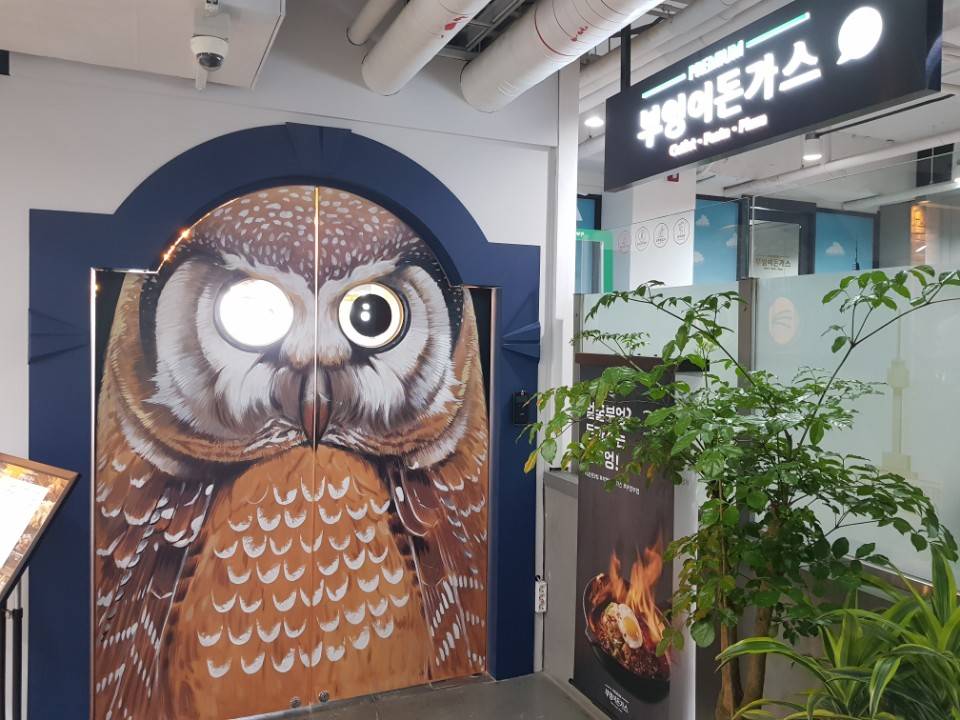
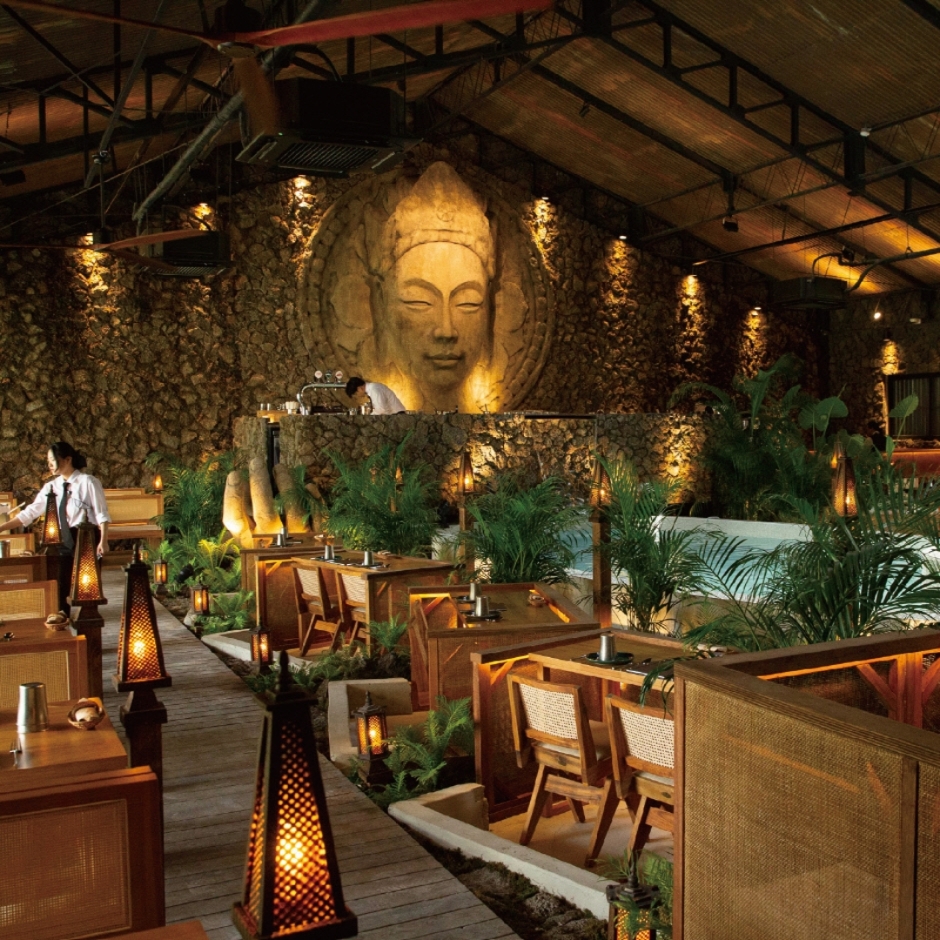
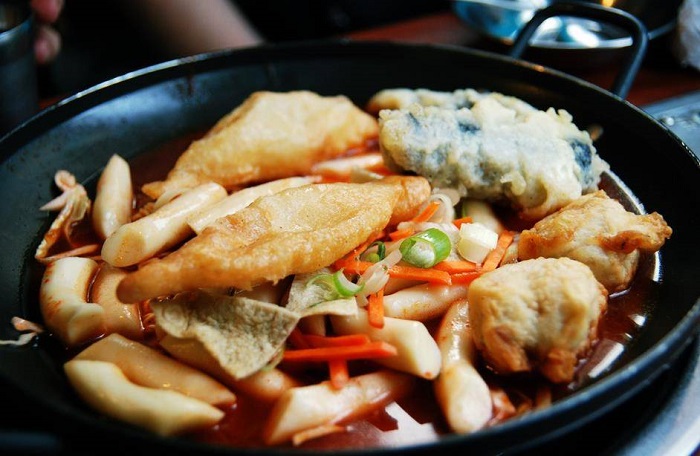
![Olive Young - Eungam Station Branch [Tax Refund Shop] (올리브영 응암역)](http://tong.visitkorea.or.kr/cms/resource/70/2888270_image2_1.jpg)
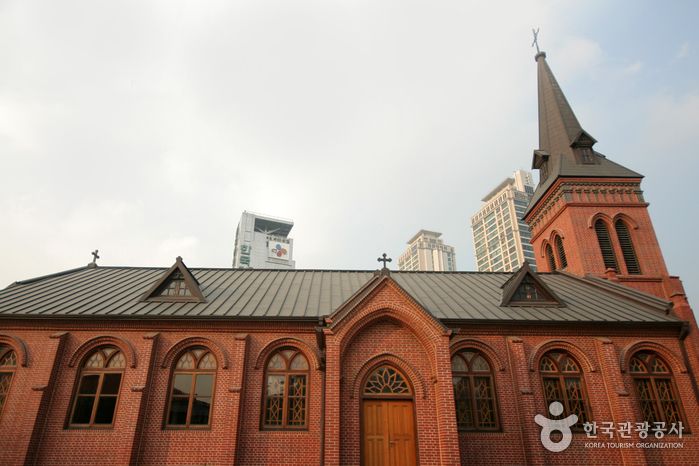
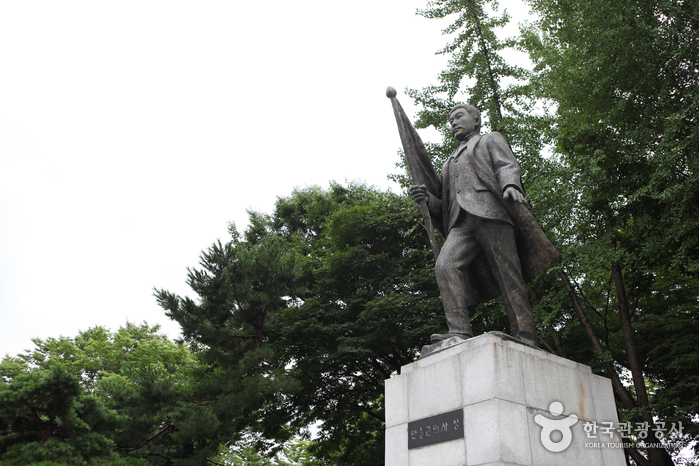

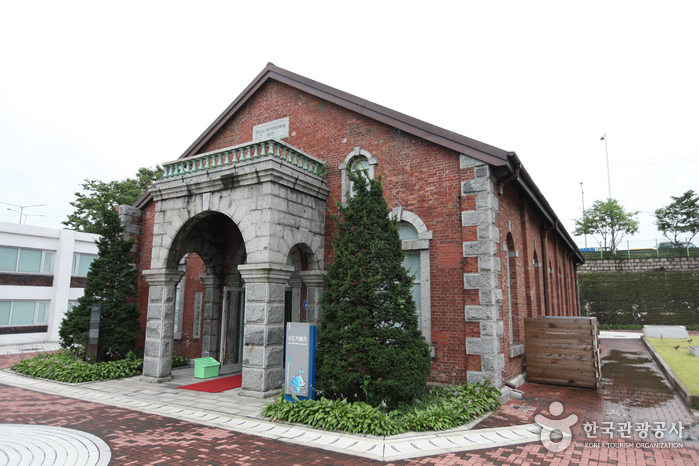
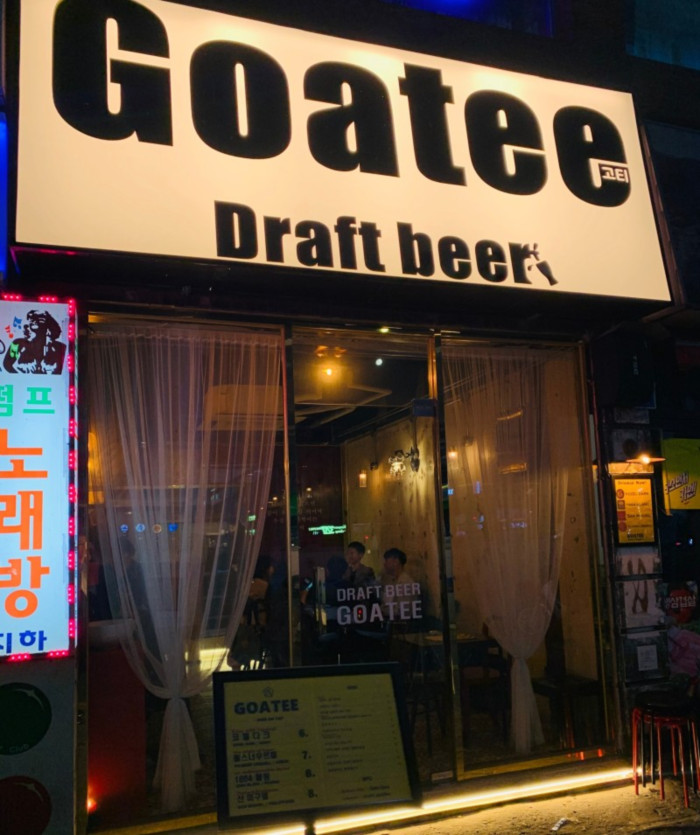
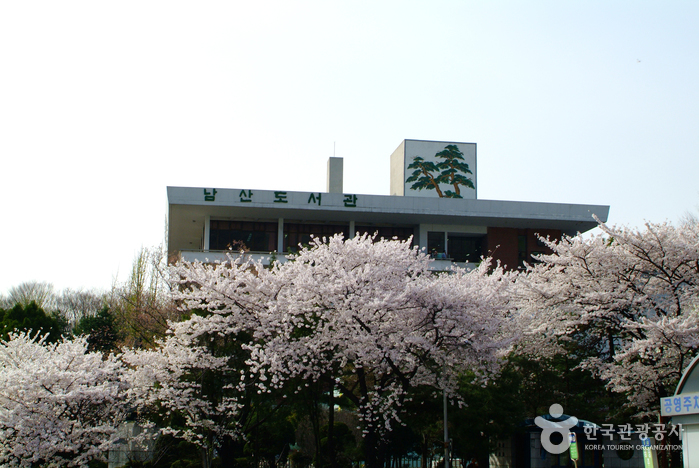
 English
English
 한국어
한국어 日本語
日本語 中文(简体)
中文(简体) Deutsch
Deutsch Français
Français Español
Español Русский
Русский